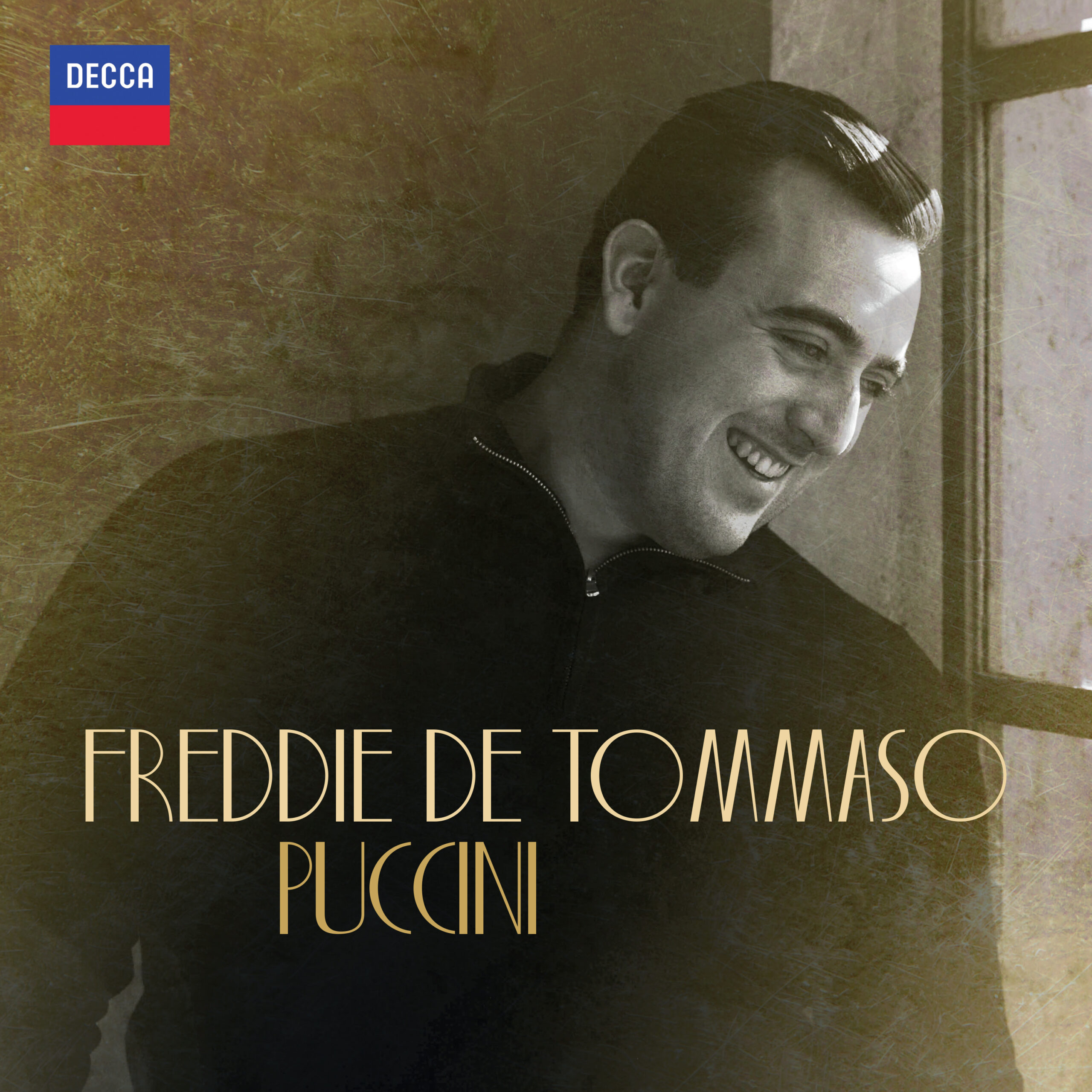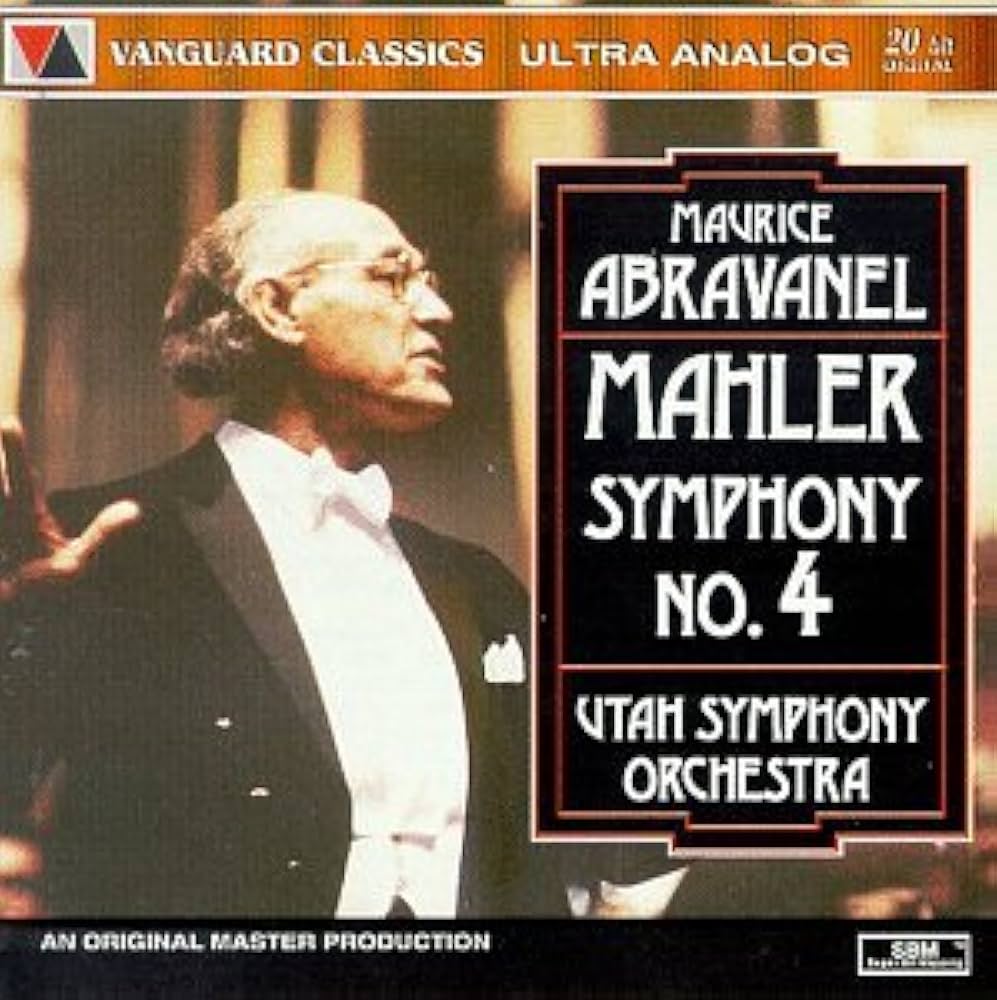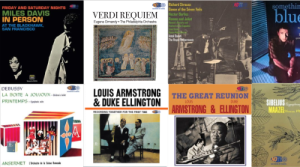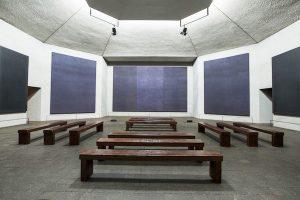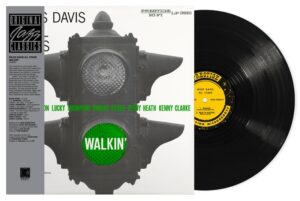MAHLER: Symphony No. 9
Chicago Symphony Orchestra/Pierre Boulez
Deutsche Grammophon 289 457 581-2
TT: 79.46
The death of Pierre Boulez earlier this year provides as good an opportunity as any other to consider his recorded legacy, as well as giving me an excuse to check out this 1995 Mahler Ninth, which I'd somehow managed to miss.
Boulez began life as a composer, the avant-gardist's avant-gardist—he was the "Schoenberg est mort" fellow—and originally took to the podium to direct his own works. Gradually, he expanded his repertoire to include mainstream composers, bringing a comparable clarity to their scores. Under contract to CBS (now Sony), Boulez committed much of his specialty "standard" repertoire–Stravinsky, Ravel, Debussy, Bartók—to disc, along with his own works. Mahler did not figure prominently under that contract, though a searing, if overly loud, Adagio from the Tenth Symphony whetted one's appetite for more. When Boulez moved to Deutsche Grammophon, he rerecorded many of the same works, but also undertook a cycle of Mahler symphonies. The first performances issued, of the middle symphonies, were uniformly excellent—his Vienna Sixth remains my recommended version in digital sound—but inconsistencies cropped up in later installments: the Fourth betrayed odd control problems, and the choral counterpoint in the Symphony of a Thousand wasn't ideally crisp (though the second movement, dominated by the soloists, was excellent). I'd say this Ninth is one of Boulez's better outings—superb, in fact, in almost every way, with one major reservation that I'll discuss shortly.
What made Boulez's Mahler performances so distinctive? First, his ear for counterpoint really tells. Mahler's music differs from that of most Austro-German Romantics in being conceived as much horizontally as vertically: the interplay of musical strands is at least as important as the sense of harmonic weight. In the first and third movements here, the textures are full and rich, yet clear, because we're really hearing almost everything. Even the back-and-forth splits between first and second violins are impeccably balanced, without any perceptible weakening when the seconds have the main line.
Mind, this horizontal acuity doesn't come at the expense of that sense of vertical weight. Even when the counterpoint is busiest, the sonority is firmly grounded. To accomplish this, Boulez occasionally adopts slower tempi than the norm, as in Tempo II of the Ländler, though it's still faster than the first section, as indicated. Paradoxically, the movement's continuing dance feel is better maintained this way, and there's no need either to rush the sixteenth-note figures or to slow for them, as frequently happens. The chosen tempo also allows the Noch etwas frischer at 12.37 the time to remain graceful. Similarly, the first movement's dotted-rhythms-with-rests—first clearly audible in the trumpets at 3.17—register the more powerfully for the marked silences.
A comparison of two performances of the closing Adagio illustrates this point even better. Boulez's timing of 21.25 roughly matches the 21.28 of Bruno Maderna (BBC Legends), another new-music specialist, yet the two performances are nothing alike. Maderna's effective quarter-note andante sounds fine at the start, but doesn't give the plunging sixteenth-note figures time to register as more than a rush, and the movement's resolution feels unprepared and unearned. Boulez's overall pace is actually slightly slower, although he picks it up markedly in the passages marked Etwas drängend ("somewhat hurrying"). He properly projects the music at an eighth-note pulse, leaning into the tone to achieve the necessary breadth, and he renders the movement as a single broad arc. The final coda may not be as profound as some others, but it's the satisfying culmination of a well-planned journey.
Finally, there's the conductor's basically impersonal stance. Some listeners, especially those weaned on the overt emotionalism of Bernstein and his fellow-travelers, might be surprised that I consider this an asset. In Mahler, however, the emotional weight, or perhaps baggage, is built into the scores, and it doesn't need all that much help from the podium: simply allowing the melodies to breathe and keeping the textures clear will do most of the work for you. The results, far from sounding dispassionate, prove intensely communicative. Both the turbulence and the repose of the outer movements emerge without extra underlining, while the lyric interlude in the Rondo-Burleske, for example, sings expansively without dragging. And the conductor is conscious of the music's expressive contours—more so, in the first movement, than Sanderling in his curiously detached Philharmonia account (Erato/Warner).
As evidence of Boulez's superior technical control here, I offer the pivotal pickups on tempo changes in the Ländler: with no transition or audible preparation, the groups of thirty-second-notes land precisely in the intended new tempo each time.
Now to the reservation I mentioned, and it's a big one. The recorded sound is basically quite good, but it reproduces the heavy brass harshly: sustained trumpet notes in the climaxes, in particular, are edgy and strident. I've been complaining about this on more recent productions, and I was distressed to hear the same problem afflicting this older one. If this was the producers' or engineers' choice, it was a poor one; if the brass were actually playing like this, Boulez should have modulated their tone. (Granted, Chicago has long boasted an exceptionally powerful brass section; still, Solti's recordings for Decca never sounded like this.) "Accurate reproduction" is all very well as a concept, but if the results prove unmusical or unlistenable, it's time to "think it out again," as the song goes.
Otherwise, the Chicago orchestra sounds excellent. Accented string attacks are incisive and full-toned; the woodwinds are trenchant in the midrange, cool and clear above the staff; the solo horn is restrained and expressive. The principal flute and piccolo are first-class, and the engineers reproduce their tone crisply. This orchestra, of course, commands an imposing forte, but I was even more impressed by the soft playing, which never (well, hardly ever) loses presence.
I'm not displacing my earlier favorites in this symphony—Tennstedt (EMI), Dohnányi (Decca), and Solti/LSO (Decca, warmer than his Chicago remake)—but, if you can sit through those edgy bits, Boulez's performance is well worth investigating.
Stephen Francis Vasta is a New York-based conductor, coach, and journalist.
Downloads: amazon.com, deutschegrammophon.com, itunes.apple.com, prestoclassical.co.uk





